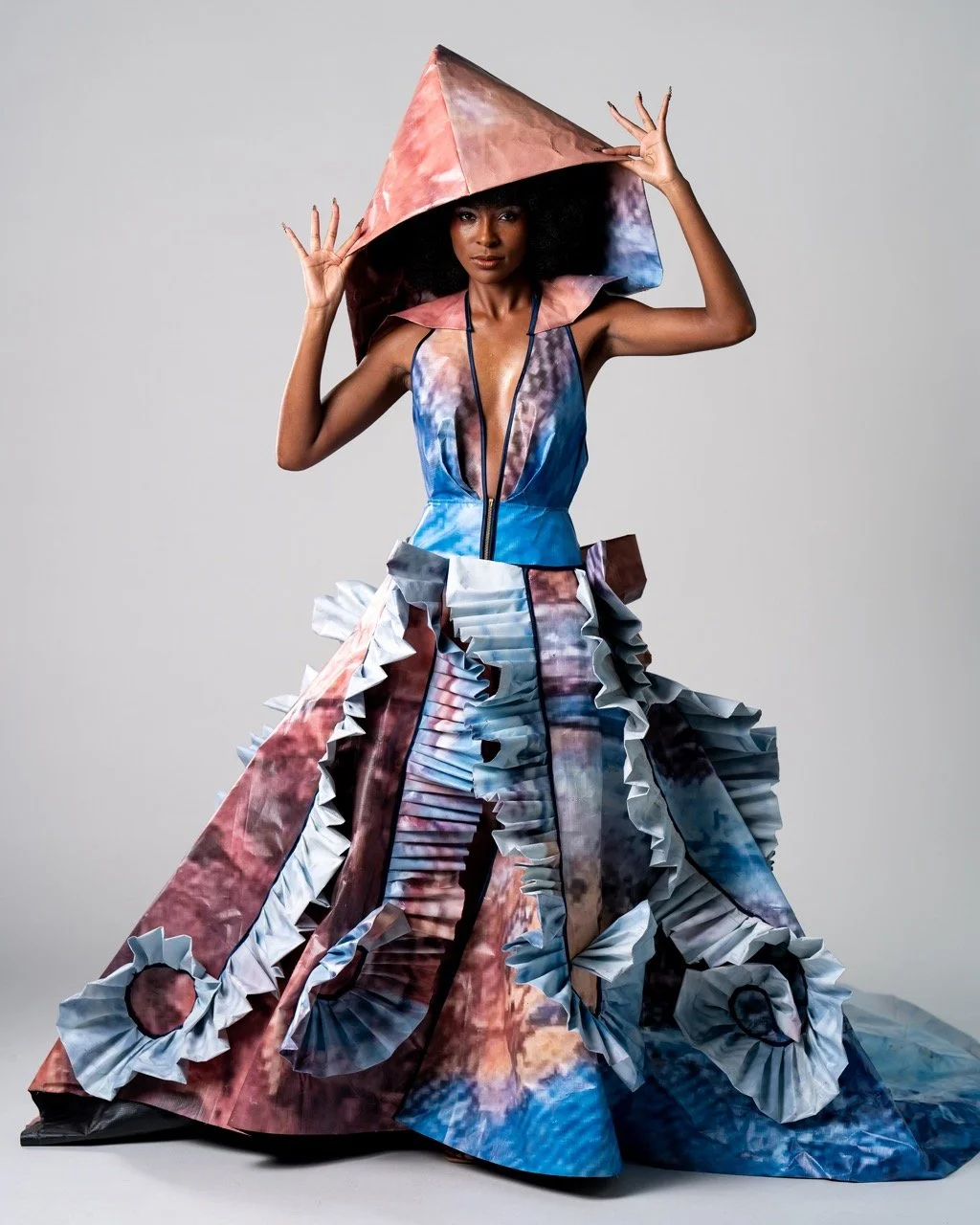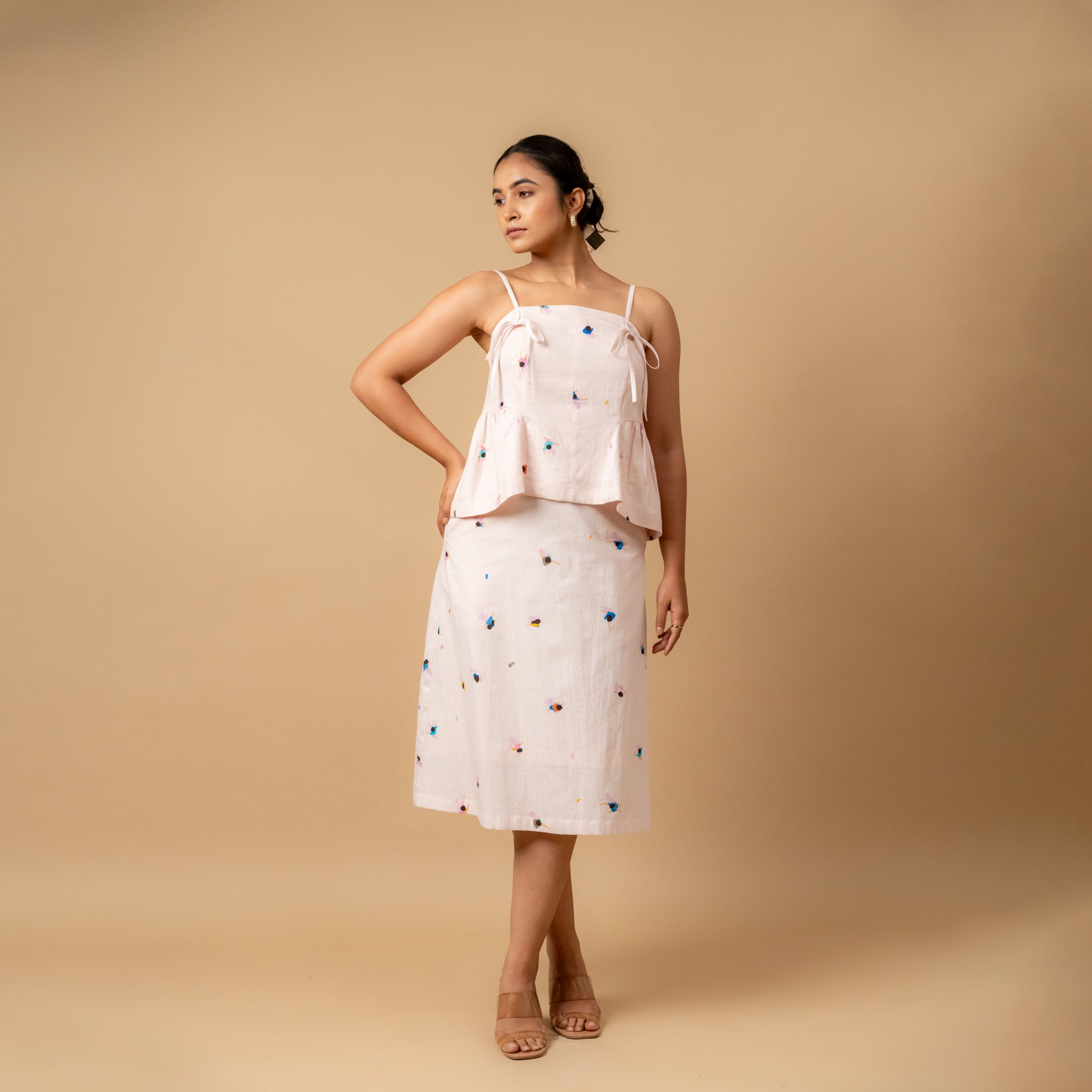Imagine if waste wasn't the conclusion of a material' ;s life cycle but the beginning of something extraordinary ? Upcycled designer are redefining luxurious and demonstrating that sustainability and complexity can move hand in hand. By transforming discarded products in to trendy and useful products, upcycling not just helps lower environmental influence but also pushes advancement in style and craftsmanship.

Upcycling has acquired substantial energy in new years. Statistics reveal that annually, over 2.24 million tons of strong spend are developed internationally, with a significant part winding up in landfills or polluting the environment. By repurposing resources that would usually be removed, upcycled styles contribute to a round economy. This approach extends the living of methods, decreases the require for virgin raw components, and reduces greenhouse gas emissions.
Style, in specific, has embraced upcycled luxury. Global waste from the style business reaches about 92 million tons annually, creating sustainable solutions increasingly vital. Independent designers and upscale models alike are turning scraps of fabric, classic apparel, and also unconventional materials like fishing nets or denim waste in to bespoke pieces. These upcycled creations not just make unique type claims but also concern standard notions of what luxurious can search like.
The furniture and home decor industries are also going up their upcycling efforts. Extracted wood from old furniture, delivery pallets, or construction web sites is being changed in to stunning tables, racks, or ornamental items. With artistry and imagination, these materials find new purposes while introducing identity and charm to residing spaces. This growing trend aligns with customers'raising fascination with sustainable living and eco-conscious home design.
Still another region experiencing rapid development is upcycled accessories and jewelry. Extracted materials, container lids, and actually electronic spend are being ingeniously converted into beautiful, high-end parts ideal for people looking for both sustainability and style. The worldwide market for upcycled services and products, estimated to be value billions, shows the need for items which mixture luxury and environmental stewardship.
These upcycled styles not just reduce spend but also tell a story. Each part has a account of transformation, invention, and responsibility. They resonate with consumers who find sustainable choices that reveal their values and individuality.

By choosing upcycled luxury, consumers play an energetic position in lowering spend and promoting sustainability. This movement is greater than a development; it's an action toward a future wherever waste is no more a problem but a source waiting to be reimagined.
